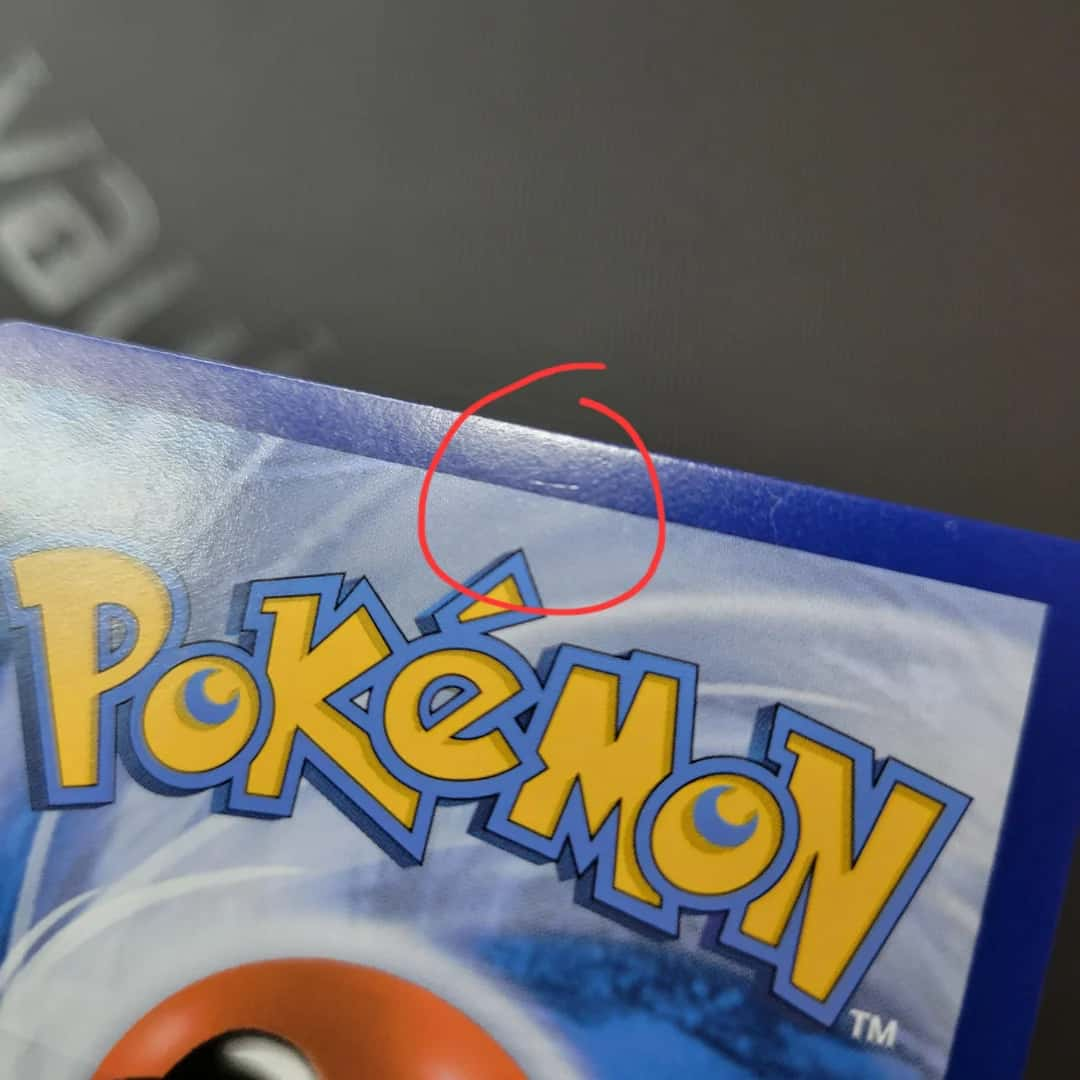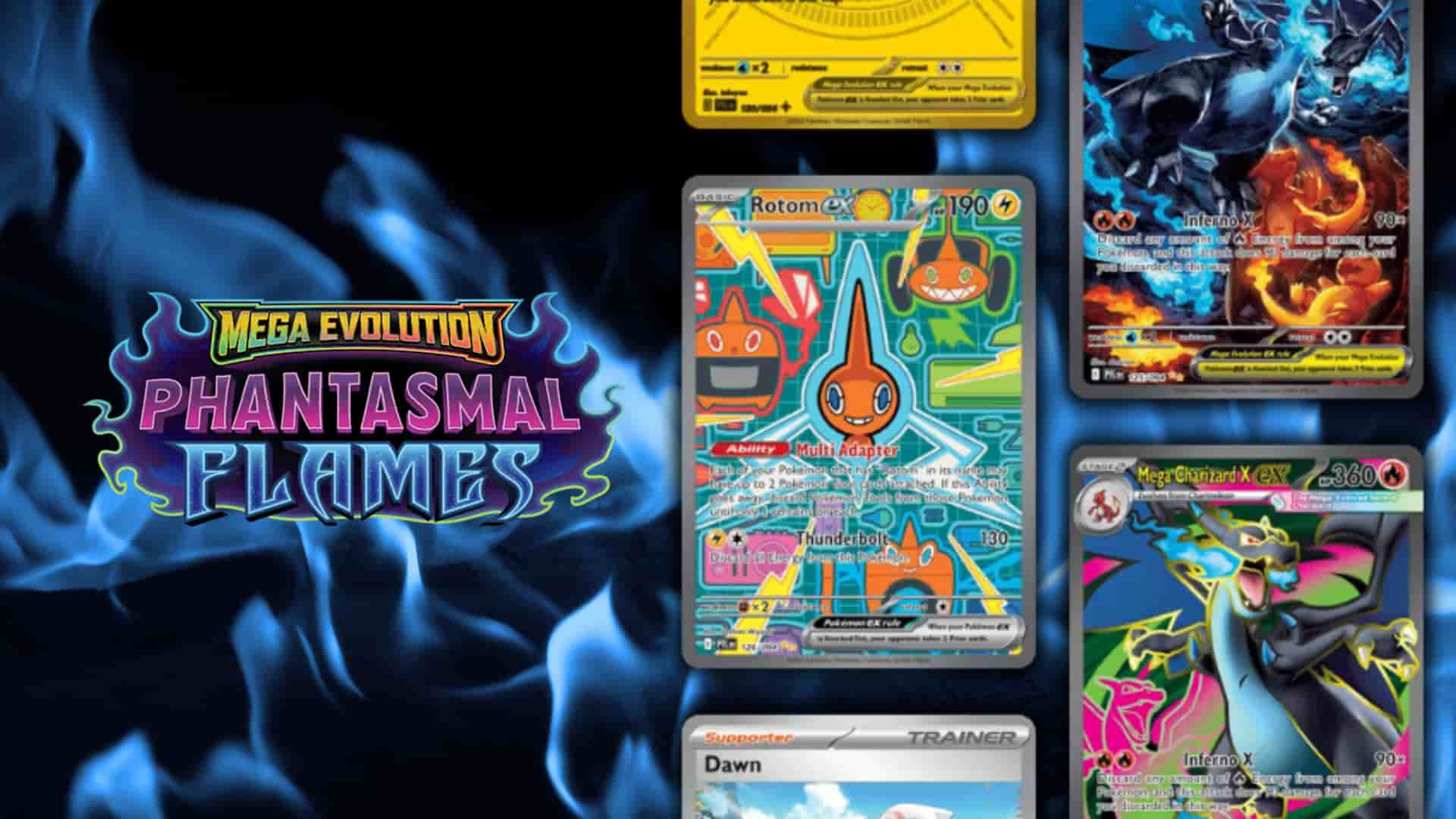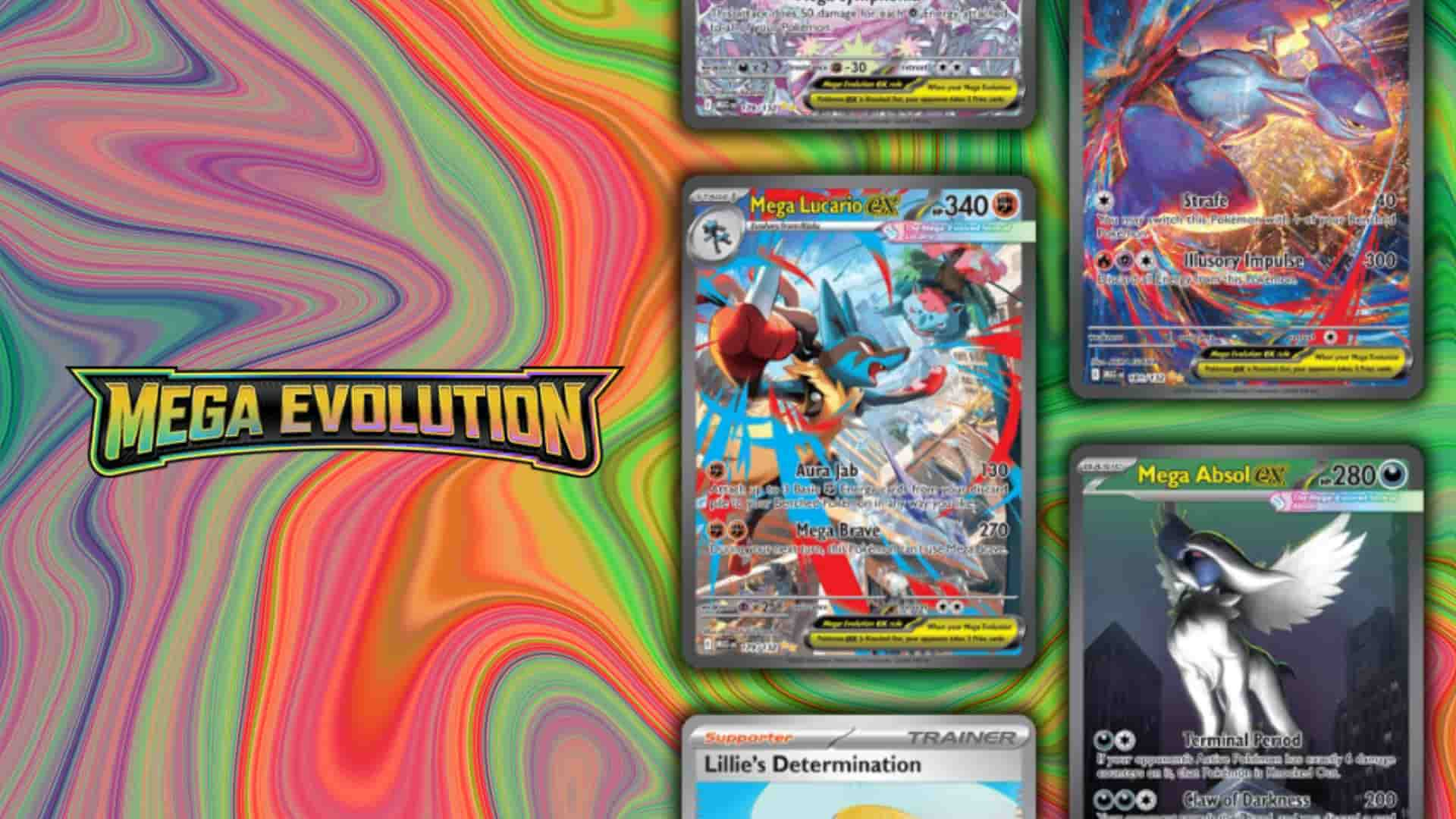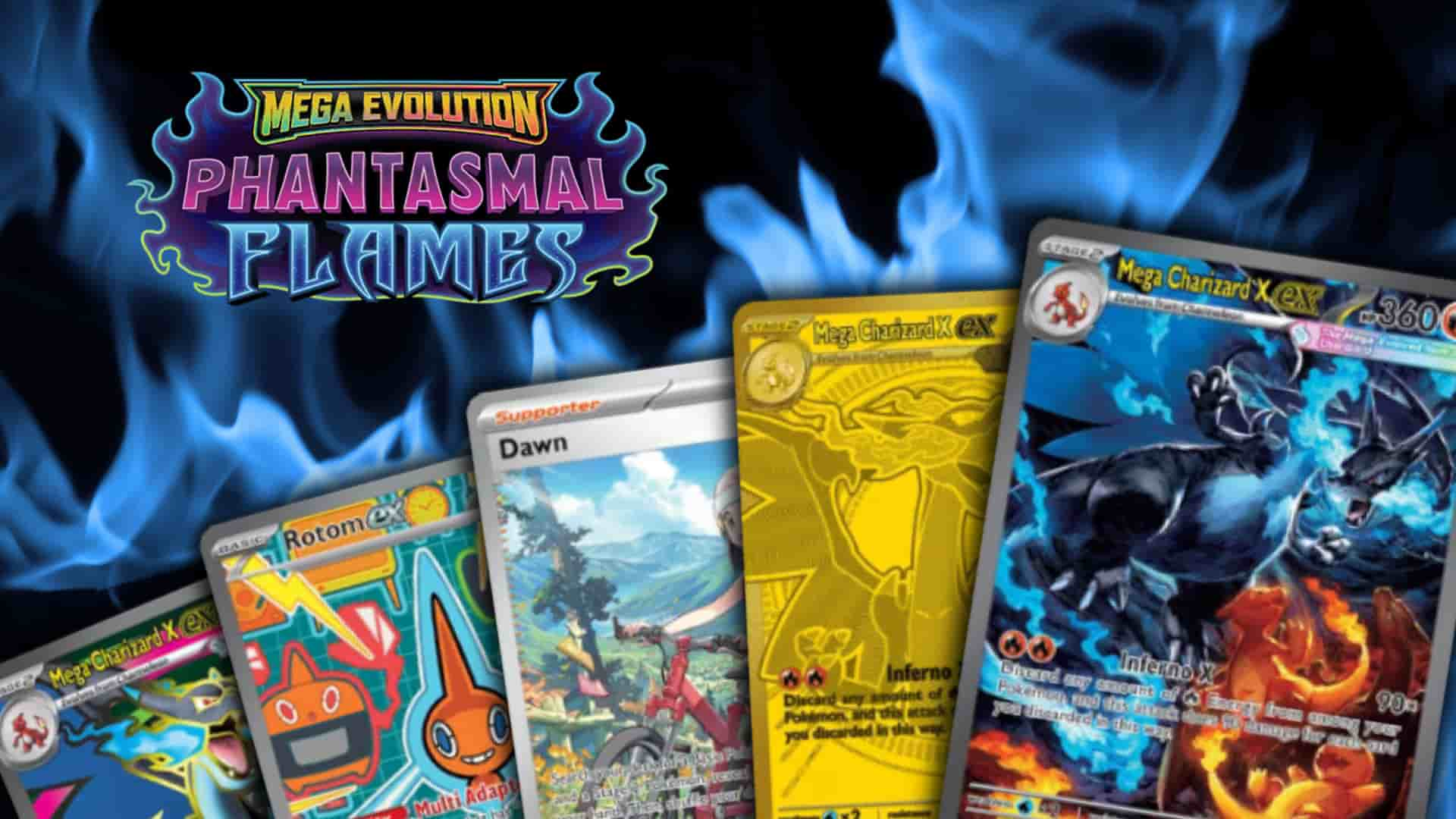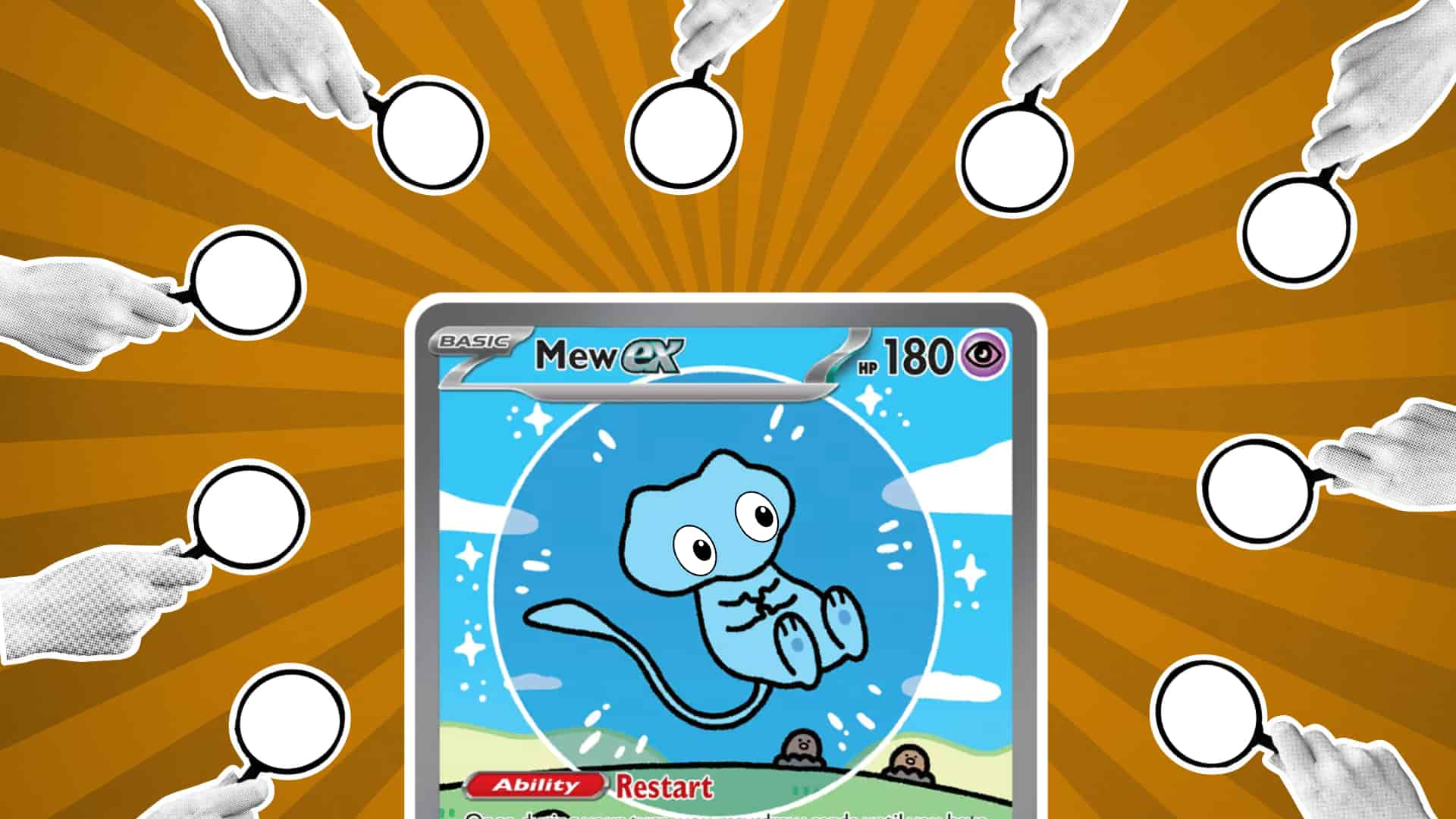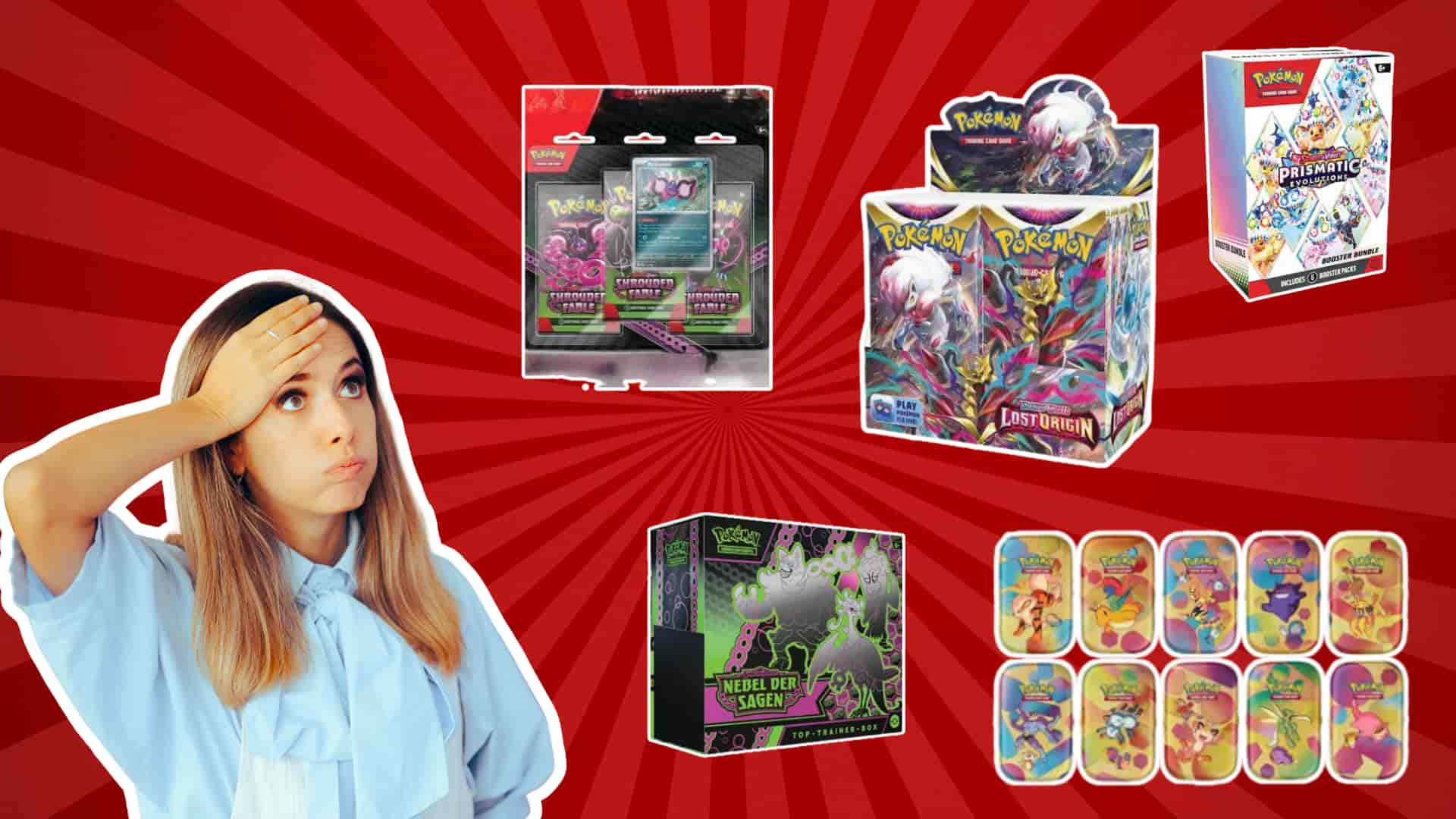One day, you’ve dug out that old shoebox from the attic, the one lovingly labelled “Pokeman Cardz,” and inside is a treasure trove of nostalgia.
A holographic Charizard! A majestic Blastoise! A… surprisingly large number of Rattatas! But as you hold them, a question pops into your head, especially as you see that one YouTuber who just sold a card for more than a car: “Are my cards worth anything?”
Well, trainer, you’ve taken your first step into a larger world! The answer to that question often comes down to one critical factor: condition. Understanding what makes a Pokémon card valuable is key, and condition is arguably one of the biggest pieces of that puzzle. It helps explain the hefty price tag of some Pokémon cards and why the community is so involved in card grading processes.
Ready to become a Pokémon Professor of card quality? Let’s dive in and decode what these conditions really mean for your collection and your wallet.
Why Is Everyone So Obsessed With Card Condition?
Have you ever wondered why some Pokémon cards of the exact same character can have wildly different price tags? One Base Set Charizard might sell for a hundred quid, while another sells for tens of thousands. The secret ingredient is its condition, especially when you’re talking about a legendary chase card that everyone is after.
Think of it this way: a Pokémon’s stats (its HP, Attack, Defense) determine how good it is in a battle, right? A card’s condition is its stat sheet in the collecting world. A card in perfect condition is like a Charizard with maxed-out IVs and a perfect Nature—it’s the peak of its potential, a true powerhouse that everyone wants. A card with bent corners and scratches? That’s our beloved Charizard after a brutal battle with a Metapod that only knew Harden… it’s still a Charizard, but it’s seen better days. The final value is a combination of condition and the card’s inherent rarity, which is often denoted by different Pokémon card rarity symbols.
Professional grading companies like PSA (Professional Sports Authenticator), Beckett (BGS), and CGC (Certified Guaranty Company) are the “IV checkers” of the card world. They assess a card’s condition with forensic precision and seal it in a protective slab with a grade. This grade removes all doubt about the card’s quality and solidifies its value.

Track Your TCG Collection
Create your free Card Codex account to monitor card prices, view real-time market trends, and analyse your portfolio’s growth.
Start Tracking Now — It’s FreeThe Grading Scale: From Perfect Pikachu to Battle-Scarred Bulbasaur
The grading scale is a universally recognized language among collectors. While different companies have slight variations, they all follow a similar hierarchy from pristine to, well, not-so-pristine. Let’s break it down!
Gem Mint (The Holy Grail!)
This is it. The pinnacle. The absolute best-of-the-best. A Gem Mint grade (a PSA 10, a BGS 10, or a CGC 10) means the card is virtually flawless. When you hold one, it looks like it was teleported directly from the printing press and into its protective case.
- What to look for: To be considered Gem Mint, a card must have four razor-sharp corners, dazzlingly clean edges, perfect centering of the artwork on the front and back, and a completely unblemished surface. It’s the Pokémon equivalent of finding a shiny, six-IV legendary Pokémon on your first encounter. It’s a rare and beautiful thing!
Mint (So Agonizingly Close!)
A Mint card (like a PSA 9) is a stunner. To the naked eye, it often looks just as perfect as a Gem Mint card. However, under the intense scrutiny of a professional grader, there’s one tiny, almost imperceptible flaw holding it back. This is especially true for vintage cards, where even the slightest imperfection can distinguish a Mint 9 from a Gem Mint 10, which is a key consideration for valuable variants like shadowless Pokémon cards.
- What to look for: What separates a 9 from a 10? It could be a microscopic white speck on a back edge, a minuscule print dot from the factory, or centering that is just a few hairs off-kilter. Think of it as a Pokémon that’s perfect in every way, but its Nature isn’t exactly the one the competitive guides recommend. It’s still an elite, top-tier collectible that commands a premium price.
Near Mint (The Collector’s Standard)
Welcome to the sweet spot for most high-end collectors! A Near Mint (NM) card, which typically covers grades 7 and 8, is a card that has been handled, but with extreme care. It’s the gold standard for binder collections and a fantastic goal for any collector. Maintaining this condition is much easier when you know the best ways to organize your Pokémon cards to prevent accidental wear.
- What to look for: You might see a few very minor white spots on the back edges or corners. Under a bright light, you might find a very light surface scratch on the holographic area. This card is your trusty starter Pokémon that’s been with you on your journey. It’s been carefully placed in a binder and looked at lovingly, but it hasn’t been recklessly shuffled for a playground battle.
Excellent to Lightly Played (The Trusty Binder Copy)
Now we’re getting into cards that show more visible, but still minor, signs of wear. Excellent (EX) or Lightly Played (LP) cards have been enjoyed and maybe seen a bit of action. Knowing how to spot the difference between LP and NM is a crucial skill that can help you avoid common Pokémon card scams where a seller might overstate a card’s quality.
- What to look for: The whitening on the back edges and corners will be more noticeable. You might find light scuffing on the surface or holo, or perhaps a very minor corner bend that doesn’t create a full-on crease. This is a Pokémon that has been through a few gym battles. It has some honorable scars, but it still presents beautifully in a collection.
Played to Damaged (The TCG Veterans)
These cards have lived. They’ve been shuffled, traded in the schoolyard, and carried in pockets. Played (PL), Heavily Played (HP), and Damaged (DMG) cards are at the bottom of the condition ladder. This category includes everything from creases and heavy wear to intentional alterations, like the recent trend of collectors purposefully sun-fading their cards to create unique art pieces. For less artistic but equally worn cards, you might wonder what to do with your Pokémon card bulk, and their played condition is a big part of that equation.
- What to look for: Here you’ll find everything from obvious creases, deep scuffs, and heavy edge wear to peeling layers, water damage, or even a name written in biro! This card is like a Pokémon that has battled the Elite Four, become the Champion, and then accidentally got left in the washing machine. It’s full of character, but its high-value collecting days are over.
How to Be Your Own Pokémon Professor: A Quick Guide to Self-Assessment
Want to get an idea of your cards’ conditions before thinking about sending them off? Grab a couple of things and let’s do a quick inspection!
Gear Up!
You don’t need a high-tech lab. All you really need are:
- A soft, clean surface (like a microfibre cloth or playmat).
- A bright, direct light source (a desk lamp is perfect).
- Your eyes! (A magnifying glass can help, too).
- Penny sleeves and rigid toploaders to protect your cards once you’re done.
The Four-Point Inspection
Assess every card using these four criteria:
- Centering: Look at the yellow (or silver) borders on the front and the blue borders on the back. Are they even on all sides? A card with 50/50 or even 60/40 centering is great. A card that’s heavily skewed to one side is considered off-center, and in extreme cases, you may even have valuable miscut Pokémon cards where part of another card is visible.
- Corners: Are the corners perfectly sharp and pointed? Or are they starting to get round and fuzzy? Any whitening or rounding will immediately knock a card out of the Mint category.
- Edges: Look at the edges of the card, especially on the back. This is where “whitening” or “chipping” is most common. Run your finger gently along the edge (be careful!). Sharp edges are what you want to feel.
- Surface: This is the trickiest part. Hold the card at an angle under your bright light. The difference between a holo and reverse holo Pokémon card can affect how you inspect it, as the foil pattern can hide or highlight scratches. Tilt it back and forth, looking for any scratches, scuffs, dents, or print lines.
So, What’s the Final Verdict?
Understanding card condition is the single most important skill you can develop as a collector or investor. It empowers you to make smarter purchases, manage your expectations, and truly appreciate the history of each card in your collection. Combined with knowing what the symbols on Pokémon cards mean, you’ll have a complete picture of a card’s story and potential.
Whether you’re hunting for that elusive Gem Mint grail or you’re perfectly happy with a battle-scarred veteran, knowing the difference puts you in control. So go on, take another look at that old collection. You’re not just looking at cardboard anymore—you’re a Pokémon Professor, and you’ve just cracked the code. Happy collecting!

